
5 Simple Tips To Remove Moss From Block Paving
Read more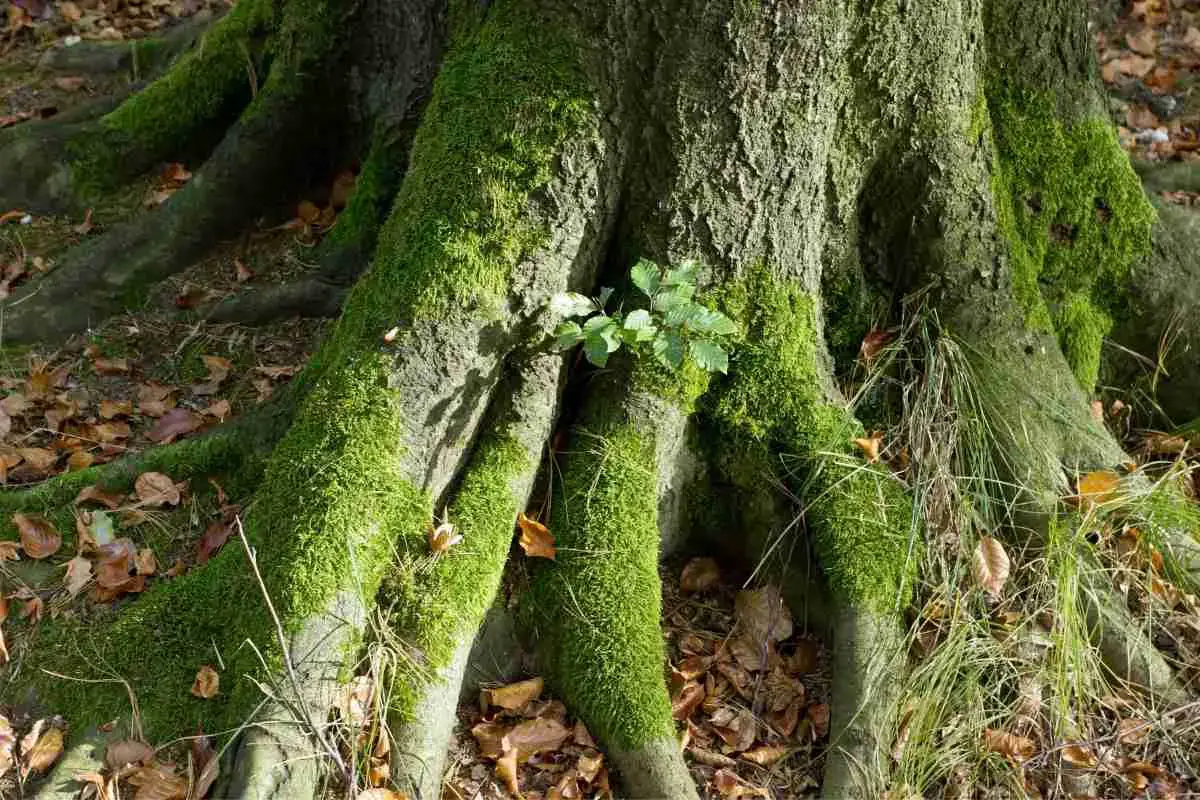
How Does Moss Grow On Trees? And Why?
Read more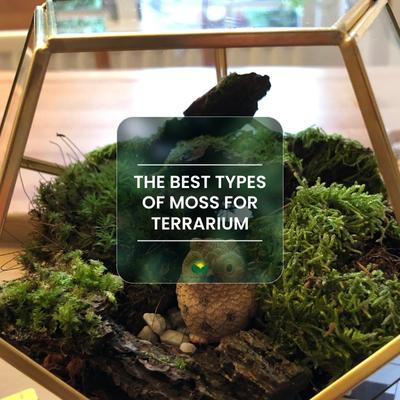
The best types of Moss for Terrarium. How to Choose, Grow and Care
Read more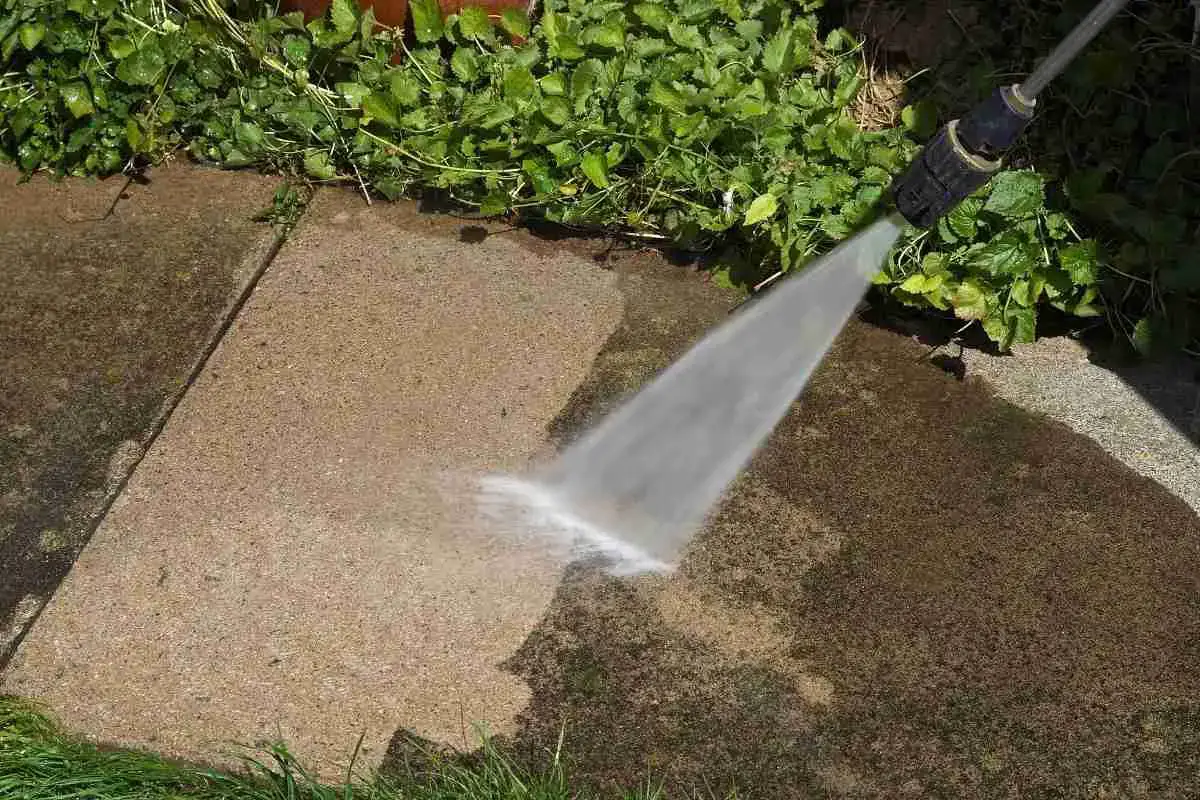
7 Easy Methods For Getting Rid Of Moss On A Patio
Read more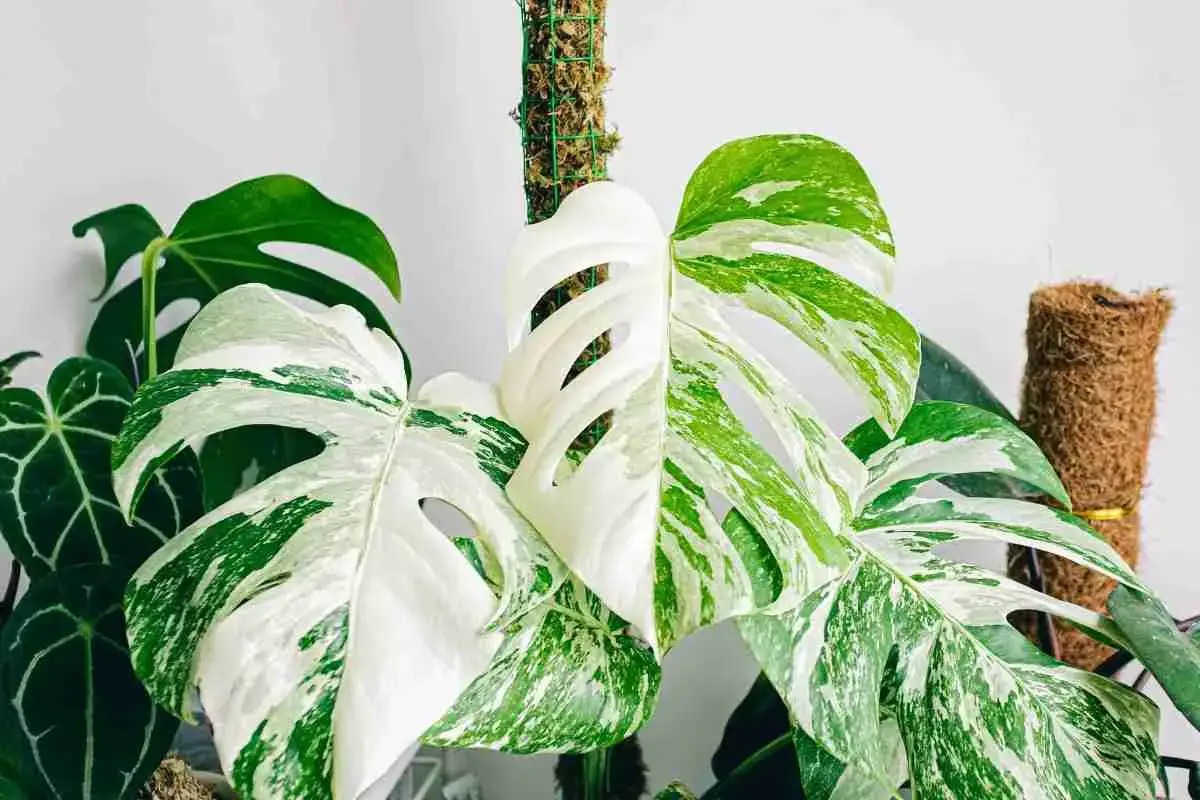
8 Unique And Creative Moss Pole Alternatives
Read more
The Benefits of Moss on Bonsai: Unlocking Green-thumb Secrets
Read more
7 Easy Tips To Make Moss Grow Faster!
Read more
Decorative Moss For Potted Plants: Live & Preserved
Read more
5 Best Moss Killers for Block Paving
Read more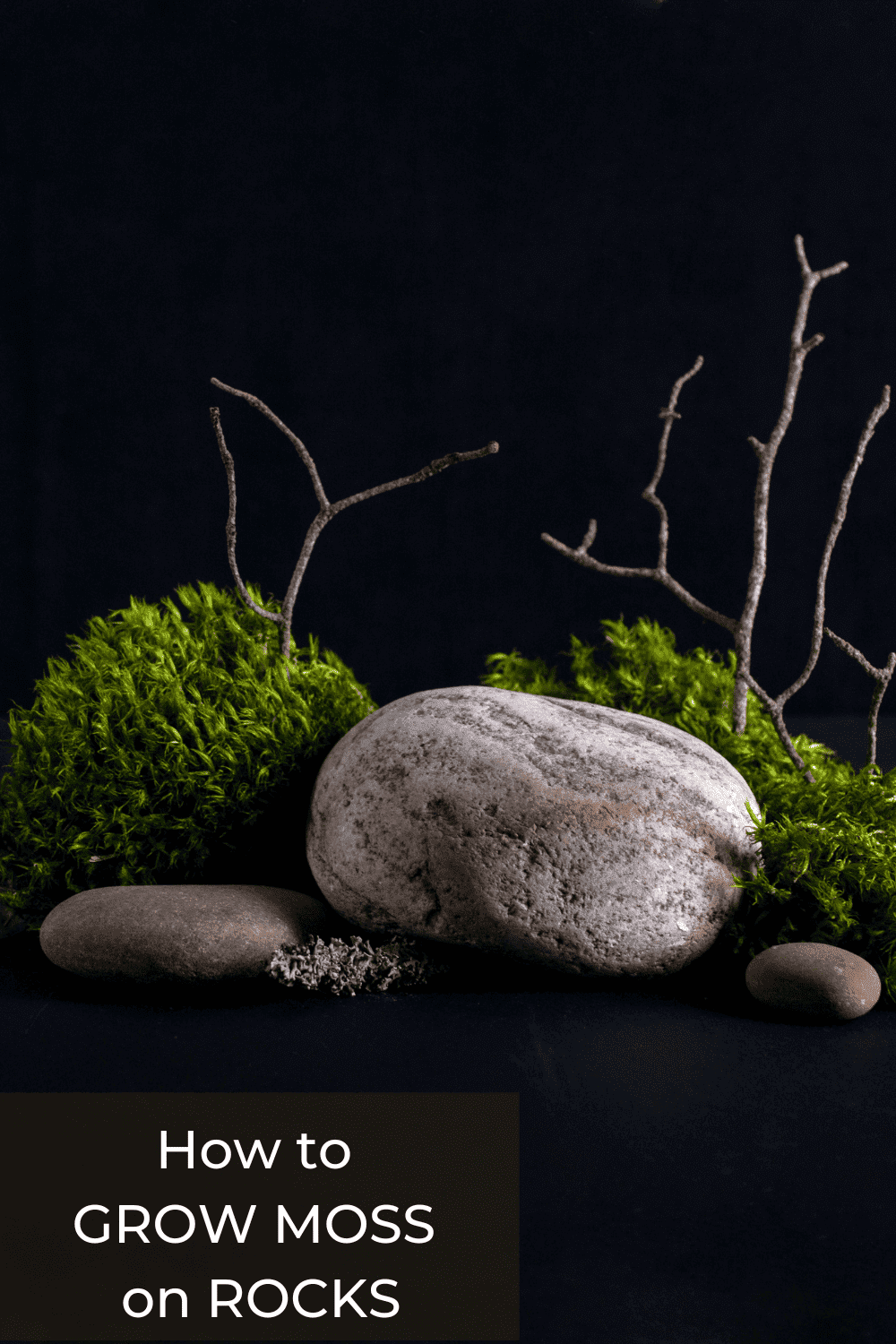
How to Grow Moss on Rocks and Impress Your Friends (or Enemies)
Read more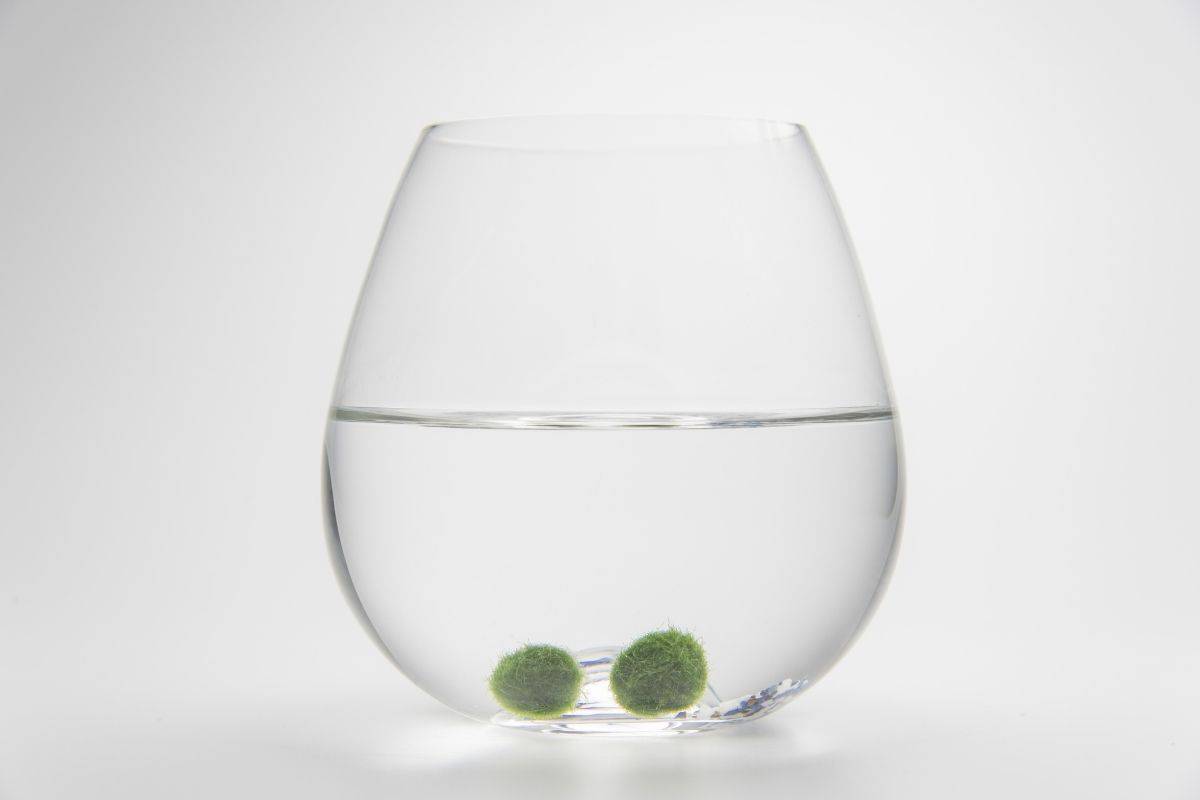
Do Moss Balls Need Light? The Ultimate Question!
Read more